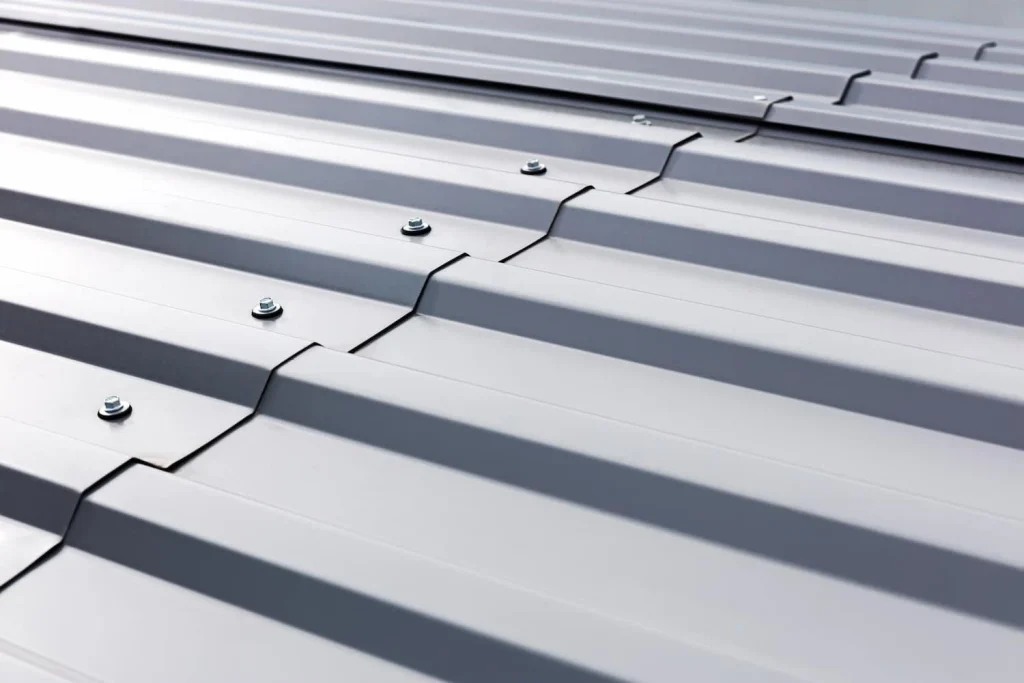In Florida, where hurricanes and strong winds are a common occurrence, proper metal roof installation is crucial to ensure the structural integrity and longevity of the roof. One essential aspect of metal roof installation is the screw pattern. In this article, we will explore the importance of the Florida metal roof screw pattern, its guidelines, and how it contributes to secure and wind-resistant installations.

Understanding the Florida Metal Roof Screw Pattern
The metal roof screw pattern refers to the layout and placement of screws used to secure metal panels to the roof deck. This pattern plays a vital role in distributing the load evenly, minimizing stress on individual screws, and providing resistance against high winds.
Guidelines for the Florida Metal Roof Screw Pattern
To achieve a secure and wind-resistant metal roof installation in Florida, it is essential to follow these guidelines for the screw pattern:
- Manufacturer Recommendations: Always refer to the manufacturer’s guidelines and recommendations for the specific metal roofing system being installed. Manufacturers often provide detailed instructions regarding the screw spacing, placement, and quantity required for optimal performance.
- Wind Zone Considerations: Florida is divided into different wind zones based on wind speed and intensity. Each wind zone has specific requirements for metal roof installations, including the screw pattern. Consult local building codes and regulations to determine the appropriate screw pattern for your specific location.
- Screw Spacing and Placement: Generally, the screw spacing should be consistent and uniform across the entire roof. The spacing between screws should adhere to the manufacturer’s recommendations and local building codes. It is crucial to maintain proper spacing to ensure the load is evenly distributed and prevent excessive stress on individual screws.
- Edge and Corner Areas: Pay special attention to the edge and corner areas of the roof. These areas are more susceptible to wind uplift forces. Enhance roof wind uplift resistance by increasing screws or using additional fasteners in critical areas.
- Overlapping Panel Considerations: When installing overlapping metal panels, make sure to place the screws in a manner that does not interfere with the adjacent panels. Proper screw placement and spacing in the overlap area are essential to maintain a secure connection between the panels.
The Role of Professional Installation
Achieving the appropriate metal roof screw pattern requires professional expertise. Hiring experienced roofing contractors who are familiar with the specific requirements for Florida metal roof installations is crucial. Professional installers ensure a secure and wind-resistant screw pattern through expertise and adherence to guidelines and building codes.
Conclusion
The Florida metal roof screw pattern is a critical element in ensuring a secure and wind-resistant metal roof installation. Enhance roof wind resistance with manufacturer’s guidelines, wind zone considerations, proper screw spacing, placement, and attention to edges and corners. Professional installation by experienced roofing contractors further guarantees adherence to guidelines and the implementation of best practices. Investing in a proper screw pattern protects your Florida home in challenging weather, ensuring your metal roof’s longevity and performance.



Leave a Reply